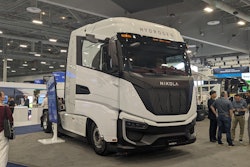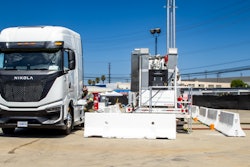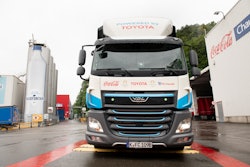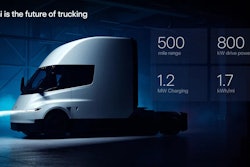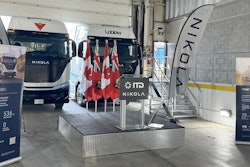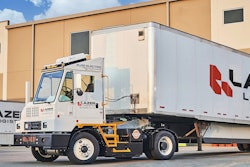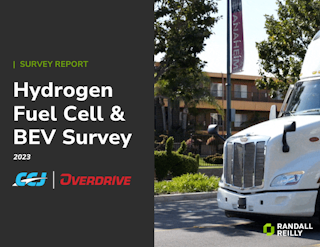
Celadyne announced its expansion into heavy-duty systems with durable hydrogen fuel cells, the company announced Thursday.
"At Celadyne, we firmly believe that if you can unlock hydrogen, you can change the world," says Gary Ong, CEO and founder of the company that develops advanced technologies to convert hydrogen to usable energy. "We are dedicated to bringing our hydrogen solutions to the world's industries and players, propelling hydrogen toward mass market adoption for the sake of the planet."
[RELATED: ETF calls hydrogen ICE 'pragmatic' solution to emissions problem]
The project, a partnership with General Motors, will use Celadyne's Dura technology to develop and produce more durable fuel cells for heavy-duty applications in support of a larger decarbonization strategy for trucking and industrial applications. Funding for the project comes from a collaborative research agreement with the U.S. Department of Energy. In 2023, the DOE put a total of $47 million into 16 projects, including GM's.
"To collaborate with some of the world's most well-known and respected developers of fuel cell systems on such a wide-scale project means bringing green solutions to the forefront, and we couldn't be more excited," Ong says.
[RELATED: Joint ventures aim to improve trucking sustainability]
The Dura technology makes fuel cells durable by using advanced cells with three key qualities — keeping membranes thing, allowing protons to move quickly and stopping gases and ions from moving too much, Celadyne says.
The innovation allows special membrane-electrode assemblies (MEAs) with thing selective transport (ST) layers next to or in the proton-exchange membrane (PEM). These layers control the movement of gasses and ions without slowing down the protons, allowing fuel cells to last longer and enabling demanding applications such as trucking or redox flow batteries.

